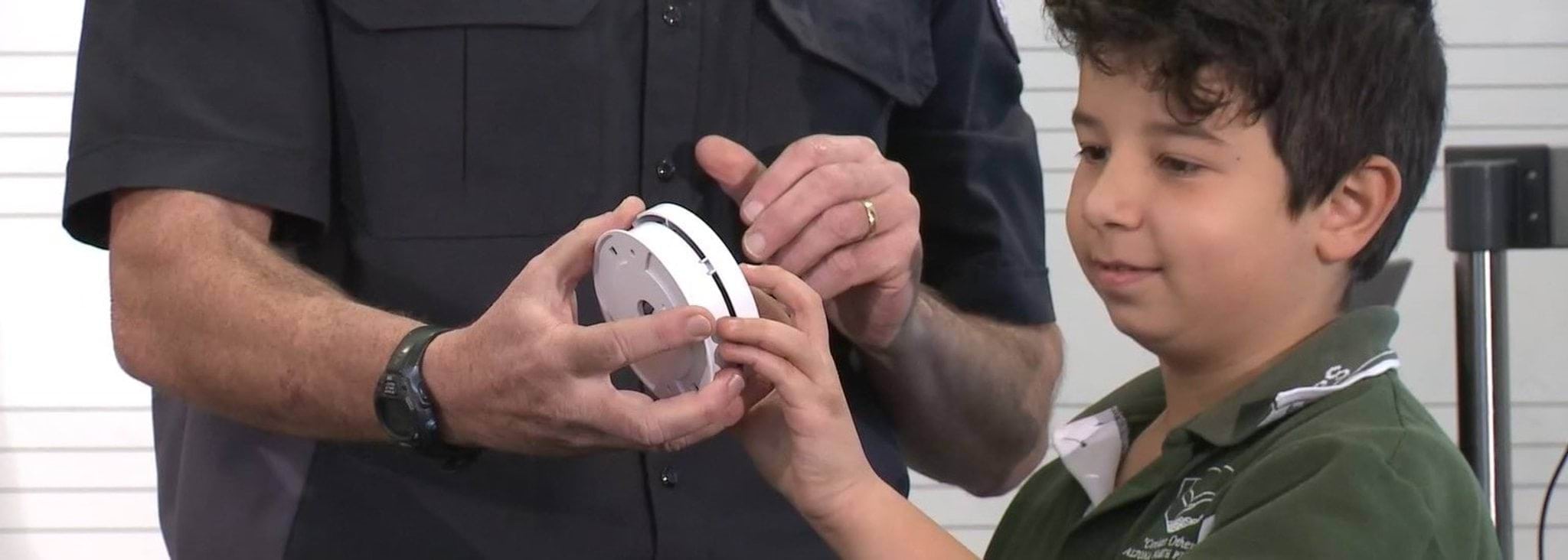Children and Fire Safety
Fire Rescue Victoria (FRV) provides a suite of tailored fire safety educational programs for children.
Through the Fire Ed programs, FRV encourages a partnership between local firefighters and primary schools in all FRV districts.
Target age group
The Fire Ed for Upper Primary program is aimed at Grade 6 and composite Grade 5/6 classes.
What does Fire Ed for Upper Primary involve?
The program takes place over three stages that are designed to be implemented over a period of approximately three or four weeks. The three stages of the program are detailed below.
The program could be integrated into a literacy block, a Science or Health & PE unit or used as a standalone unit of work.
Firefighters, teachers, parents and care-givers all have a role in the FRV Fire Ed for Upper Primary program.
Upper Primary teachers are encouraged to include their classes in the program by:
- requesting the Firefighter Visit for their class,
- confirming a date with their local firefighters
- completing Stages One and Two prior to the Firefighter Visit
Fire Ed Firefighter Visit Request Form
Firefighters from each FRV station aim to contact each of their local schools each year in term one to arrange the Fire Ed school visit.
From term two onwards teachers who have not heard from their local firefighters may request the Fire Ed for Upper Primary firefighter visit for their class(es) by completing and submitting the form below.
Allow at least one month notice for scheduling visits.
Your local firefighters will then be in touch to confirm a date and time with you and to discuss any specific issues related to your students.
NB: The Fire Ed for Upper Primary program takes place over three stages that are designed to be taught over a period of approximately three or four weeks.
The Firefighter Visit is Stage 3.
Teachers will need to prepare the students for the Firefighter Visit and reinforce their learning with classroom activities at:
- Stage 1 – House Fire Case Study
- Stage 2 – Group Research Project.
Fire Ed Firefighter Visits for Upper Primary are only available to Grade 5 and Grade 6.
Updated
